Passengers 138 Injuries (non-fatal) 4 (on the ground) Date 9 July 1982 Passenger count 138 | Crew 7 Survivors 0 Survivor 0 | |
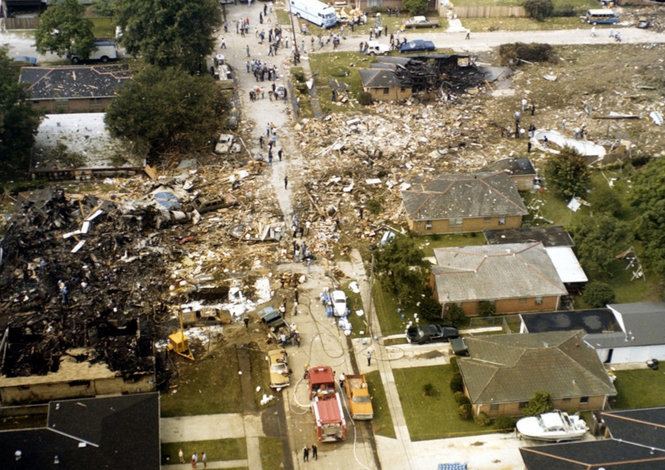 | ||
Destination McCarran International Airport Operator Pan American World Airways Fatalities 153 (all, including 8 on the ground) Similar Eastern Air Lines Flight 66, Aeroflot Flight 411, Pan Am Flight 830, Aeroflot Flight 8641, VASP Flight 168 | ||
Pan am flight 759 2012 trailer
Pan Am Flight 759 was a regularly scheduled domestic passenger flight from Miami to San Diego, with en route stops in New Orleans and Las Vegas, United States. On July 9, 1982, the Boeing 727 flying this route was forced down by a microburst shortly after takeoff, crashed into the New Orleans suburb of Kenner. All 145 on board and 8 people on the ground were killed. The crash had the highest number of aviation fatalities in 1982.
Contents
- Pan am flight 759 2012 trailer
- 1982 boeing 727 pan am vlucht 759 stort neer in kenner louisiana
- Aircraft
- Occupants
- Flight crew
- Weather
- Accident
- Conclusion
- Aftermath
- References
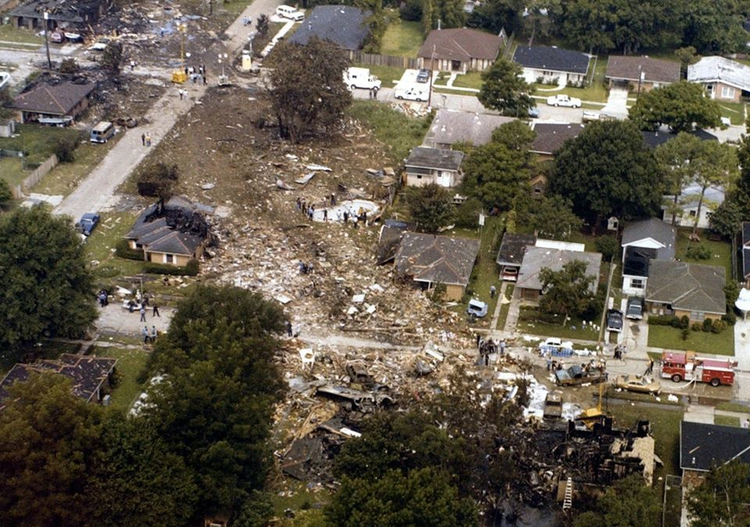
1982 boeing 727 pan am vlucht 759 stort neer in kenner louisiana
Aircraft
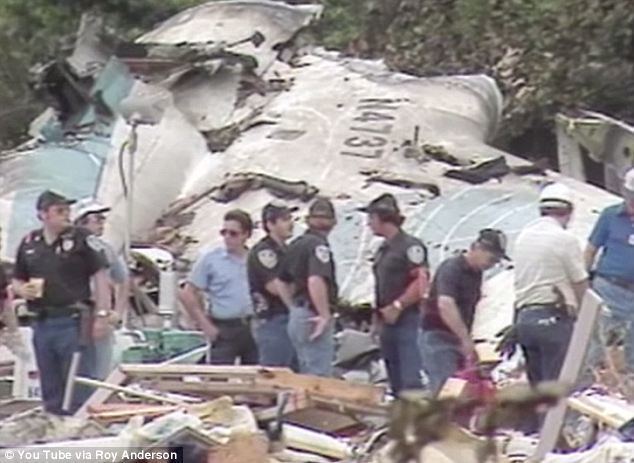
The aircraft involved, a 14-year-old Boeing 727-235, registration N4737, construction number 19457/518, was delivered to National Airlines on January 31, 1968. The aircraft was powered by three Pratt & Whitney JT8D-7B turbofan engines, and was renamed from 37 Susan/Erica to Clipper Defiance after National was merged with Pan Am.
Occupants
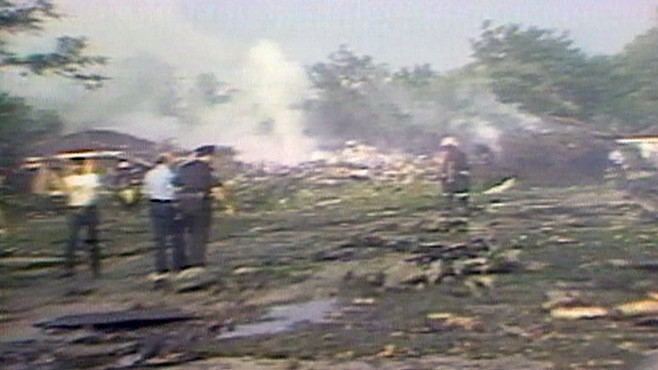
At the time of accident, the aircraft was carrying 137 passengers and one non-revenue passenger in the cockpit jumpseat, along with a crew of seven.
Flight crew
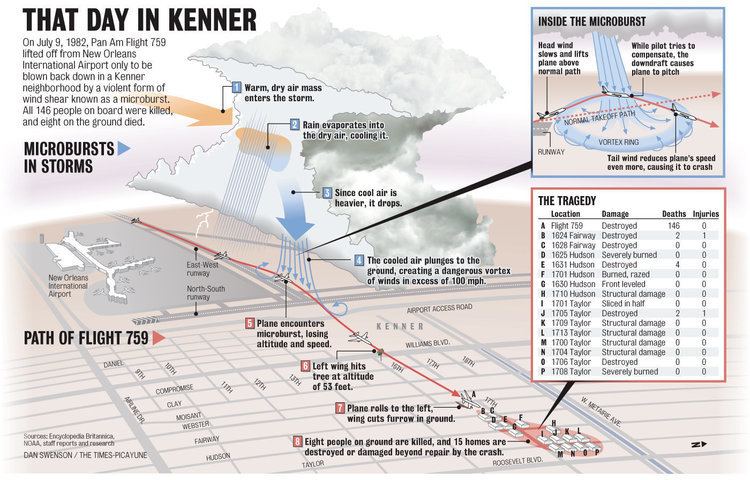
The Captain was Kenneth McCullers. He was described by others as an "above average" pilot, who was "comfortable" to fly with because of his excellent judgement and ability to exercise command. The First Officer was described by other captains as a conscientious pilot with excellent knowledge of aircraft systems and company flight procedures and techniques. All three flight crew, including the captain, the first officer and the second officer, were reported having no sleep or health problems, and had passed all proficiency checks without issues.
Weather
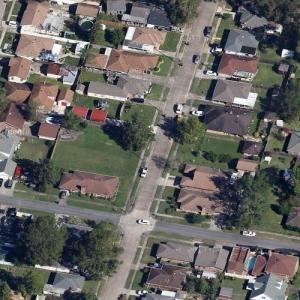
The weather report issued at 0740 on July 9 by New Orleans National Meteorological Center contained thunderstorm forecast, possible severe turbulence, icing and wind shear. The weather chart at 1800 local time revealed the New Orleans area was influenced by the high pressure condition located 60 nm off the Louisiana coast. No fronts or low pressure areas were within 100 nm of the airport. The forecast between 1200 and 2200 indicated “scattered clouds, variable to broken clouds at 3,000 ft; thunderstorms and moderate rain showers."
According to the NWS(National Weather Service), there were no severe weather warnings for the time and area of the accident.
Accident
Flight 759 began its takeoff from Runway 10 at the New Orleans International Airport (now Louis Armstrong New Orleans International), in Kenner, Louisiana at 16:07:57 central daylight time, bound for Las Vegas, Nevada. At the time of Flight 759's takeoff, there were thunderstorms over the east of the airport and east-northeast of the departure end of runway 10. The winds were gusty and swirling. Flight 759 lifted off the runway, climbed to an altitude of between 95 and 150 feet (29 and 46 m), and then began to descend. About 2,376 feet (724 m) from the end of runway, the aircraft struck a line of trees at an altitude of about 50 feet (15 m). The aircraft continued descending for another 2,234 feet (681 m), hitting trees and houses. At 16:09:01, the aircraft crashed into the residential area of Kenner, about 4,610 feet (1405 m) from the end of the runway.
The aircraft was destroyed by the impact, explosion, and subsequent ground fire. A total of 153 people were killed (all 145 passengers and crew on board and 8 on the ground). Another 4 people on the ground sustained injuries. In one of the destroyed houses, a baby was discovered in a crib covered with debris that protected her from the flames. Six houses were destroyed; five houses were damaged substantially.
Conclusion
The National Transportation Safety Board determined that the probable cause of the accident was the aircraft's encounter with a microburst-induced wind shear during the liftoff, which imposed a downdraft and a decreasing headwind, the effects of which the pilot would have had difficulty recognizing and reacting to in time for the aircraft's descent to be stopped before its impact with trees. Contributing to the accident was the limited capability of then-current wind shear detection technology.
Aftermath
Flight 759, along with Delta Air Lines Flight 191 which crashed because of similar reason three years later, led to the development of the airborne wind shear detection and alert system and the mandate of installing windshear detection systems on board by the U.S. Federal Aviation Administration by 1993.
A memorial to the accident is located at Our Lady of Perpetual Help Catholic Church in Kenner, Louisiana.
Royd Anderson wrote and produced a documentary on the crash in 2012. He also was featured as an expert on the crash on LMN's show Ghost Inside My Child in 2014.
